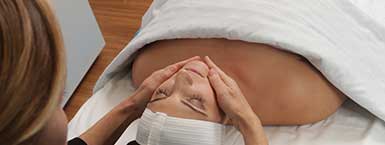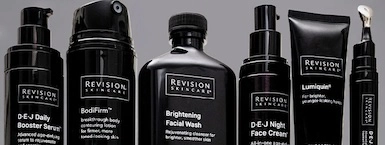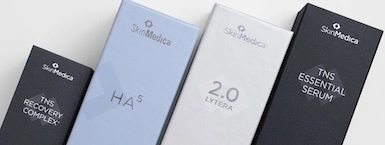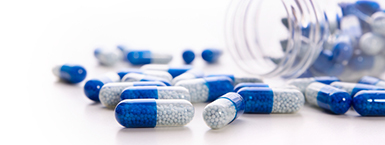The Buzz About Chemical Peels

When considering a chemical peel, patients tend to think they’ll come out red as a tomato like Samantha from Sex and the City. But this is no longer the case, as chemical peels are improved and better than ever! Chemical peels, a treatment that uses an acid solution to remove the damaged outer layers of the skin, are one of the oldest cosmetic procedures in the world. It was performed in ancient Egypt, Greece, and Rome to help people achieve smoother, clearer skin. Most peels performed are virtually painless, cause minimal discomfort and irritation, are well tolerated, and create less surface trauma. Peels come in all different formulas and strengths for all different skin types, ranging from grades superficial to deep.
Superficial (light) Peels mildly and gently remove the surface cells from the outer most layer of the epidermis. They target dry, dehydrated skin to restore hydration and provide cooling and calming comfort. This will also help minimize redness and inflammation. This treatment consists of various formulas such as lactic, glycolic, kojic, mandelic and enzyme acids. Our ZO® Stimulator Peel combines lactic, kojic, citric and glycolic formulas to provide patients with an instant glow, with little to no peeling! Since there is no downtime to these peels, patients can come in every month if desired! This treatment can be performed on its own, or as an add on to a facial.
Medium Depth Peels remove dead skin cells from the dermis and epidermis layers. They target everything that a mild peel does, while also addressing pigment related issues, uneven tone, pore size, and skin texture. One of our popular peels, the Jessner Peel, contains a mix of salicylic acid, lactic acid, and glycolic acid. Both our Perfect 10 Peel and ZO® 3 Step Peel contain a synergistic blend of ingredients containing alpha and beta hydroxyl acids to maximize exfoliation and gentle peeling. Also combined with Jessner Peel, Perfect 10 Peel, and ZO® Stimulator peel is a retinol complex to accelerate the peeling process. Tricholoracetic acid (TCA) can also be used for deeper peels depending on the concentration. Peeling generally starts 2-3 days after the peel and can take up to 7 days to completely heal. Skin becomes more sensitive during the active peel, so it is recommended you use an antioxidant moisturizer and sunscreen to protect your skin during this time. This treatment generally takes up to 30 minutes, and patients can do a series of 3-6 peels spaced out every month depending on their skin condition.
Deep Peels are recommended for those wishing to treat scarring, severe laxity or texture damage, and advanced melasma. Our ZO® Controlled Depth Peel is highly advanced, and only performed by our Board-Certified Plastic Surgeons or Physician Assistants. They provide maximum tightening benefits and long-lasting skin renewal. This treatment may take an hour or more, and a local anesthetic is administered plus possible sedation. Chemical Peels of this strength may result in peeling, crusting, skin redness and discomfort from anywhere to 7-14 days. The frequency of this peel is based on the recommendation of your physician.
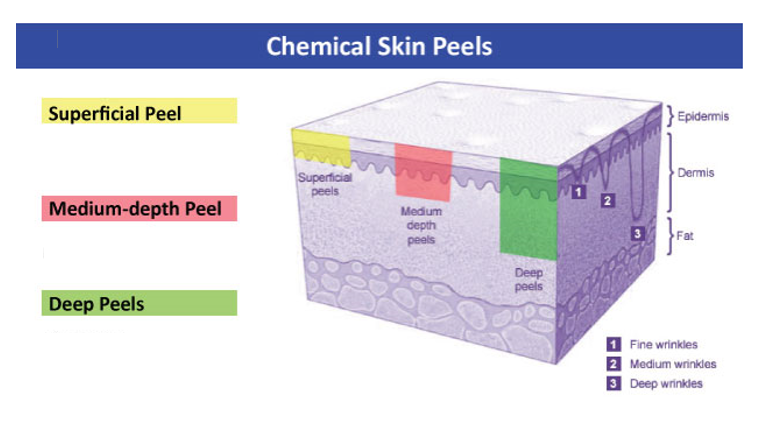
Although chemical peels significantly vary in many ways, there are a few things that remain the same. Before any peel treatment, consult your skincare professional to see if you are a good candidate, and for pre-peel instructions and skincare regimens. After chemical peels of any strength, your skin will become more sensitive to sun light, and you should avoid sun exposure for the first few weeks. And remember, post-chemical peel or not, don’t forget to wear your sunscreen!
If you are interested in learning more about chemical peels and seeing which grade would be right for you, contact Deep Blue Med Spa to schedule an appointment with your provider, or for your first consultation!


